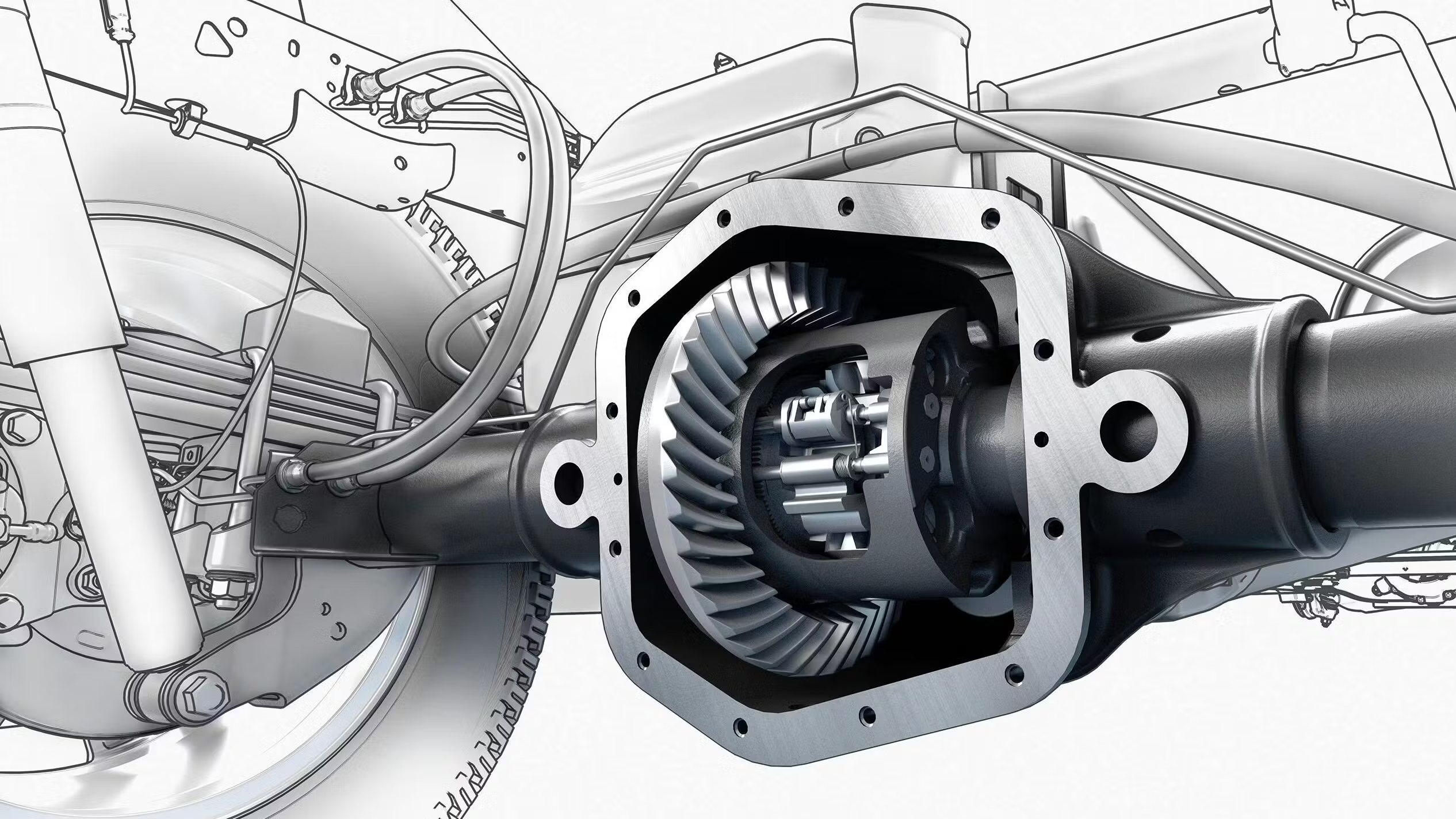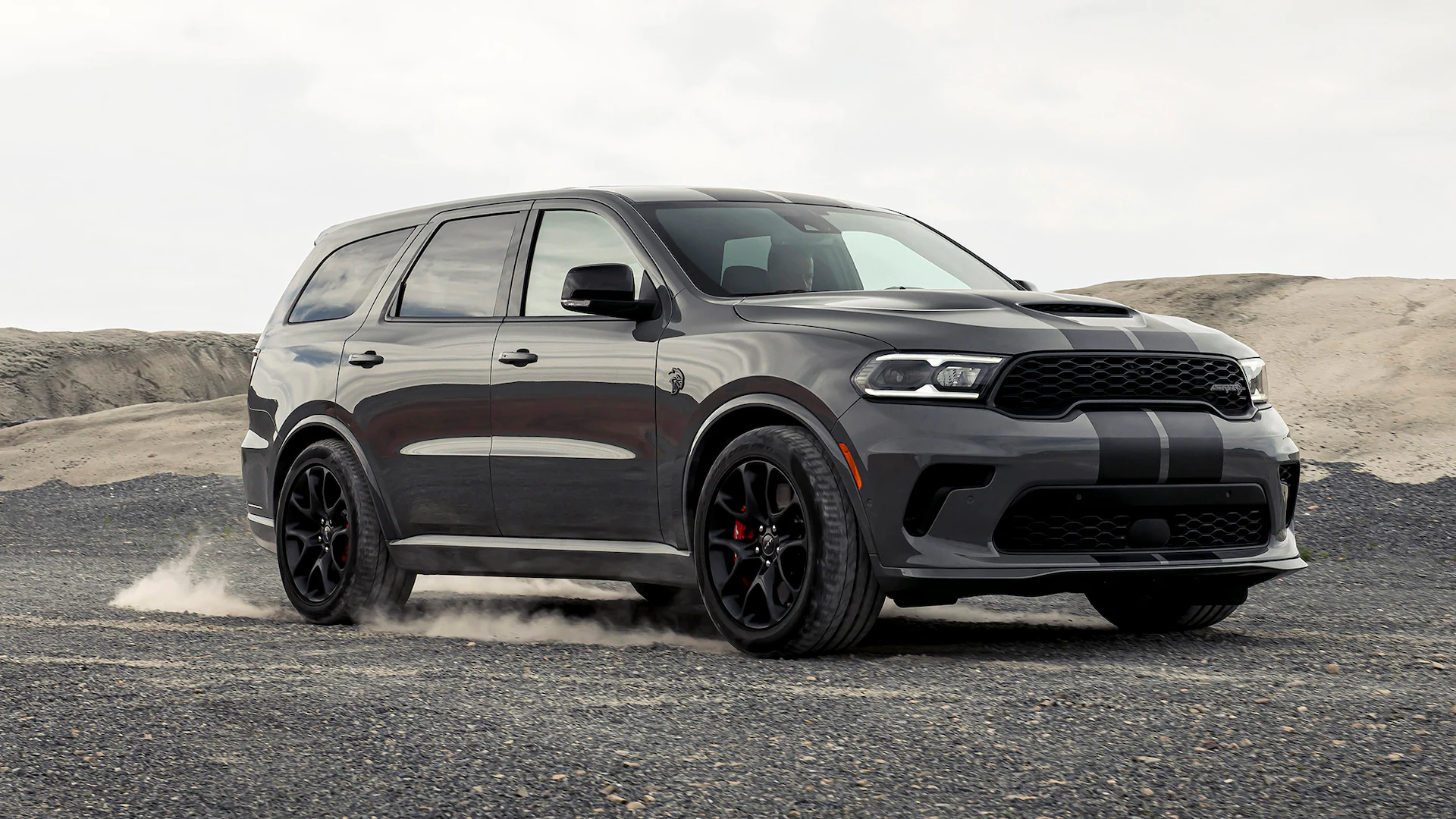Overview
If you’ve been in the automotive space for any amount of time, you likely have heard the word “Limited Slip Differential” thrown around, and very often it is followed by people being impressed. It can be quite a coveted features on cars, especially ones that are tracked. But what makes a limited slip differential better than an ordinary differential? What does it do that is so great? Read on to find out.
What is a normal differential?
The differential that is found in most vehicles is called an open differential. The purpose of the differential in a vehicle is to transfer the power from the engine to the axels of the vehicle. Or in other words, it transfers the power from the engine to the wheels. An open differential is called open because it allows each wheel to spin entirely independently of another.
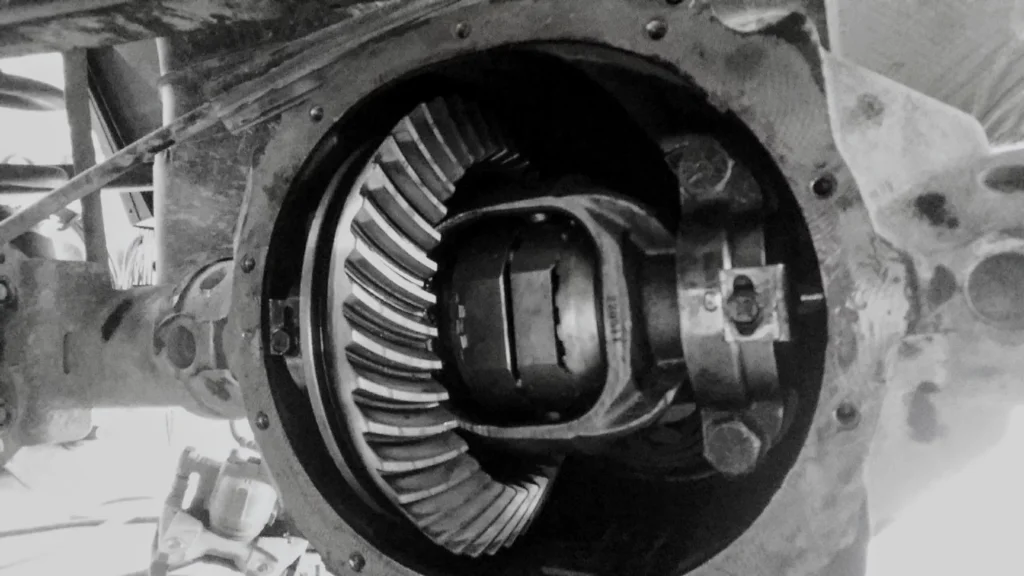
Now if you’ve never heard of a differential before, you may be wondering why the wheels would need to rotate at different speeds. Well picture a car going through a turn, the wheel on the outside of the turn actually has more distance to cover than the wheel on the inside. This means that the outside wheel must complete more rotation than the inside wheel in the same amount of time, or in other words it must rotate faster. If your wheels rotated at the exact same speed throughout a turn, then one of them would be slipping (being dragged against the road). This is the same reason that in track events runners who start on the outside of the track do not start at the same point as runners on the inside of the track, as the outer runners have more distance to cover.
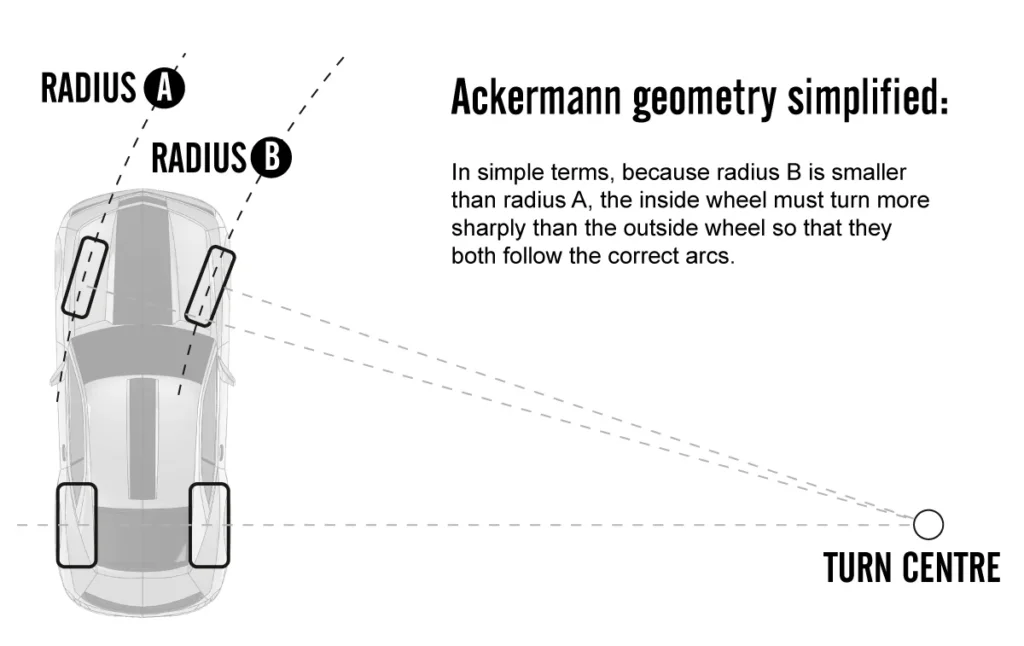
So, the open differential will allow for the wheels to rotate at different speeds – and that’s a good thing, right? It is sometimes a good thing. Now picture one of your wheels on top of a slippery substance, like oil (or snow/slush), the wheel will spin very fast because there is little friction between it and the oil. Whereas the other wheel, still in contact with the road, will face much more resistance.
So, then it would make sense that more power should be sent to the wheel on the road, right? Yes it would, but an open differential would allow the wheel with no traction to continue to spin faster. It is worth noting that most modern cars will have some type of traction control system to prevent this, but this is still the nature of an open differential. It may also start to become apparent why off-road vehicles have locking differentials, but that is a discussion for another article.
Another scenario where an open differential could be a problem is accelerating hard through a turn. Lets say that you’re going through a bend, and being the daring driver you are, you’ve turned off traction control and decided to floor it. Odds are, one of your wheels is about to lose traction and start spinning (it could be the outer or inner wheel depending on if you are front wheel, rear wheel, four wheel or all wheel drive). Again, in this situation it would make logical sense for power to be directed away from the spinning wheel. But an open differential will continue to send the power to the spinning wheel, and with traction control disabled, nothing is coming to save you. You will be promptly humbled and likely have to let off the throttle (or try your chances and give it more gas if you’re confident).

Why should I care about a limited slip differential?
A limited slip differential essentially does what its name says, it limits the slip between the two wheels. Meaning that it ensures that the two wheels on the axel are never rotating at wildly different speeds. It allows for some slip, but a limited amount. This is typically found on most performance vehicles; it is also arguably more beneficial for front wheel drive than rear or all wheel drive vehicles. The Honda Civic Si has been coming with an LSD from the factory for years, and its drivers adore it.
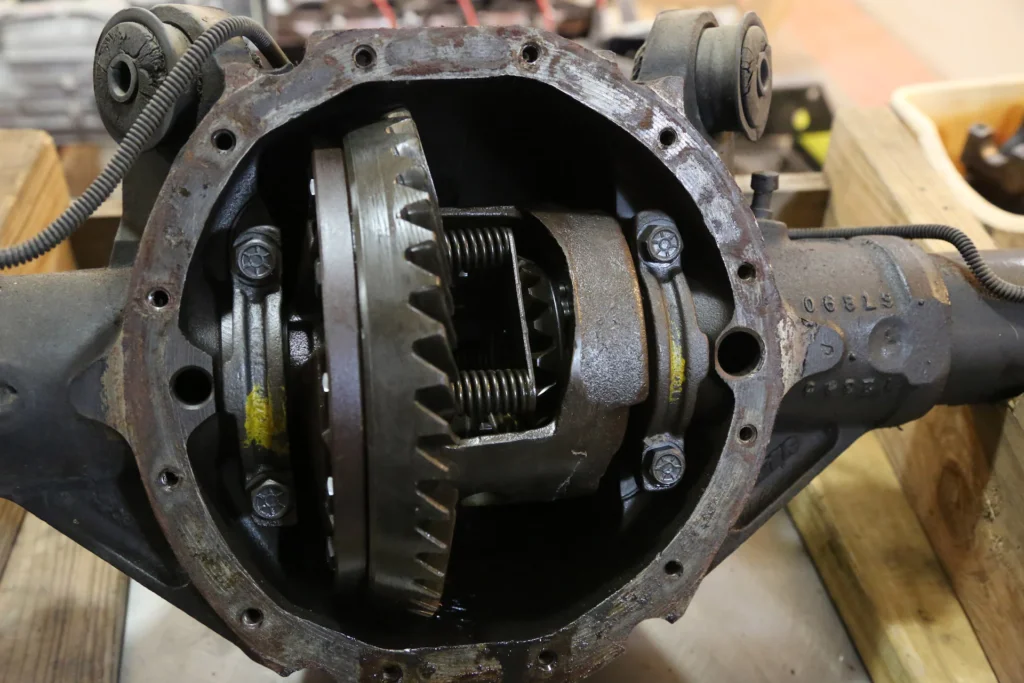
Let us revisit some of the scenarios that were discussed in the previous section, but now with a limited slip differential instead of an open one. If one wheel is on something slippery and has no traction, a limited slip differential will not allow it to continue to spin faster and faster. A limited slip differential will send more power to the wheel that is feeling more resistance, which will allow for the wheel that has traction to move the vehicle forward. Onto the second scenario where you, being the speed demon you are, decide to floor it during the middle of turn. As discussed before, one wheel will likely feel a lot of stress and want to begin to spin. A limited slip differential will not allow this, at least not to the extent that an open differential would. A limited slip differential will pull power away from the spinning wheel and transfer it to the other wheel that has traction.
Where would I notice its effects?
LSDs are generally sought after for the additional grip they can offer during turns. Generally, drivers who track their vehicles will notice the benefits of a LSD, though many drivers claim to notice their benefits on the street. During a turn it is generally best to begin to get on the throttle immediately at the apex of a turn. But an open differential will not allow you to do that, it will likely cause a single wheel to spin and lose traction. A limited slip differential will allow you to get on the throttle at nearly any point you want during a turn without losing traction (at least in something like a Civic Si, I wouldn’t trust that statement with anything over 350 horsepower).
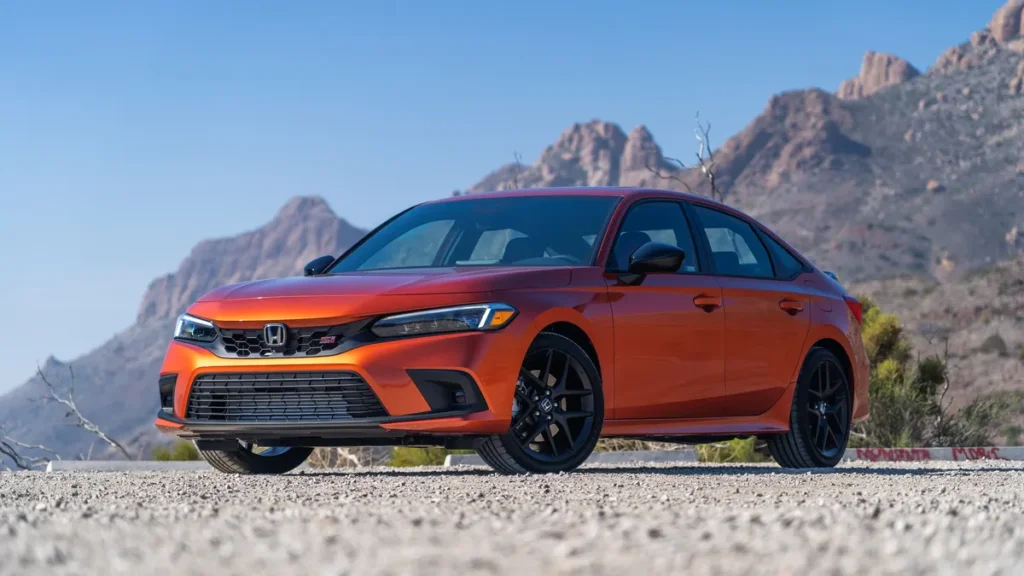
Now once again, it is important to note that open differentials rarely operate alone, vehicles have several traction control systems that aid the open differential to prevent traction losses from occurring. But a limited slip differential with all of those traction control features will offer better performance than an open differential.
There are also other technologies out there, such as vectoring systems that use the brakes to simulate a limited slip differential. For example, the Ford Fiesta ST uses a system where it applies the brakes on individual wheels to simulate an LSD.
Should I buy one?
Do you need an LSD to have fun in a car? No. Will an LSD make a car more fun to drive and more capable? In my opinion, yes. Given the choice I will always choose some type of LSD (or related technology) over an open differential.
Sources: Universal Technical Institute, Lesics, MotorTrend, CAT Driver Training, Suspension School, CARFAX

